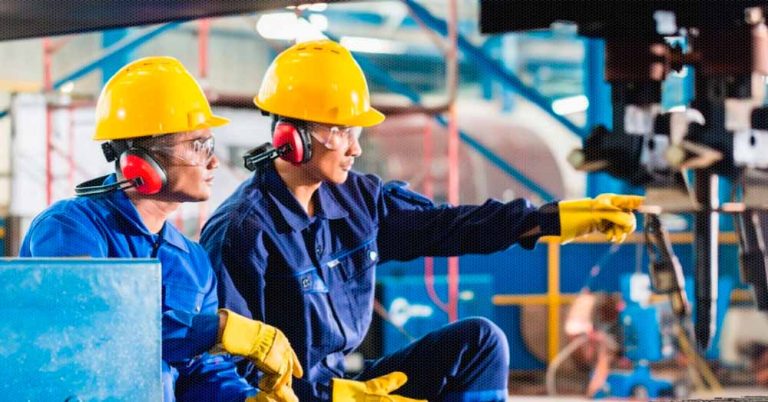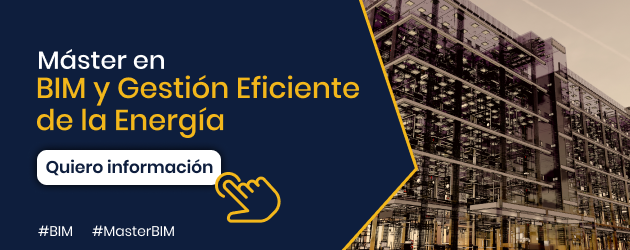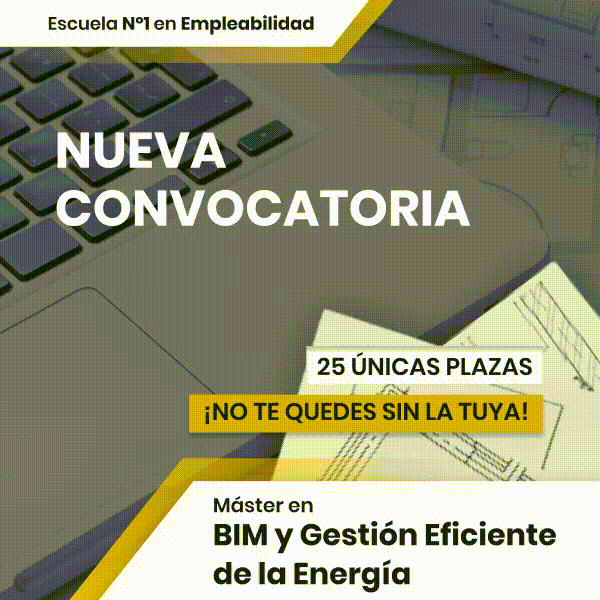Definition
The definition of Personal Protective Equipment, by its acronym “PPE”, is included in both Law 31/1995, on the prevention of Occupational Risks (article 4, point 8) and in Royal Decree 773/1997 on minimum safety provisions. and health related to the use by workers of personal protective equipment (article 2).
""Personal protective equipment" means any equipment intended to be worn or held by the worker to protect him from one or more risks that may threaten his safety or health, as well as any complement or accessory intended for this purpose. ”
Clothing or equipment not intended for safety and health at work are excluded from this definition; relief and rescue teams; military, police and law enforcement equipment; sports equipment; self-defense material, as well as portable equipment for risk detection and signaling.
Historical background in Spanish regulations
PPE were mentioned for the first time in 1971, in the General Ordinance on Safety and Hygiene at Work (OGSHT), where these equipment are considered “personal protection”.
In 1974, the Ministry of Labor, through the National Institute of Safety and Hygiene at Work, developed Regulatory Technical Standards for Homologation (MT), which established the minimum requirements that the means of personal protection must necessarily meet.
It was not until 1992, with the appearance of Royal Decree 1407/1992, which regulates the conditions for the marketing and free intra-community circulation of personal protective equipment, when personal protective equipment became known as “personal protective equipment”. of individual protection.” In these regulations, the concept of “approved” was eliminated and they began to justify their suitability through the European conformity mark: The CE marking.
Later (1995-1997), with Law 31/1995, on the prevention of Occupational Risks and Royal Decree 773/1997 on minimum health and safety provisions relating to the use by workers of personal protective equipment, the definition was formed. of PPE.
PPE Classification Levels
PPE are classified into the following categories:
CATEGORYYOTo I.
They are those Personal Protective Equipment that, with a simple design, provide protection that the user can verify its effectiveness at a glance. (Such as, for example, garden gloves or footwear intended to protect against atmospheric agents that are neither exceptional nor extreme.)
CATEGORYYOA II.
This is the most undefined category since it includes PPE that does not fall within Category I or Category III. This category includes protections such as hearing protection, most protective clothing and footwear, head protection, etc. (Specific protective equipment for hands, arms, feet and/or legs; all helmets; all equipment intended to fully or partially protect the face; facial, mouth and eye protectors and screens for health protection against COVID-19. )
CATEGORY III.
These are PPE intended to protect against greater risks, risks whose effects can cause death or sudden and irreversible damage to the user's health. The equipment included in this category is also very defined by law. (Protective devices designed and manufactured to protect against falls from a considerable height; respiratory protective equipment intended to protect its user against solid and liquid aerosols or against gases; intervention equipment in hot environments, the effects of which are comparable to those of a ambient temperature equal to or greater than 100 °C, with or without infrared radiation, flames or large projections of molten materials; intervention equipment in cold environments, the effects of which are comparable to those of an ambient temperature equal to or lower than -50 ° C, etc.)
If you want to learn how to carry out building safety inspections, check out our offer:

































